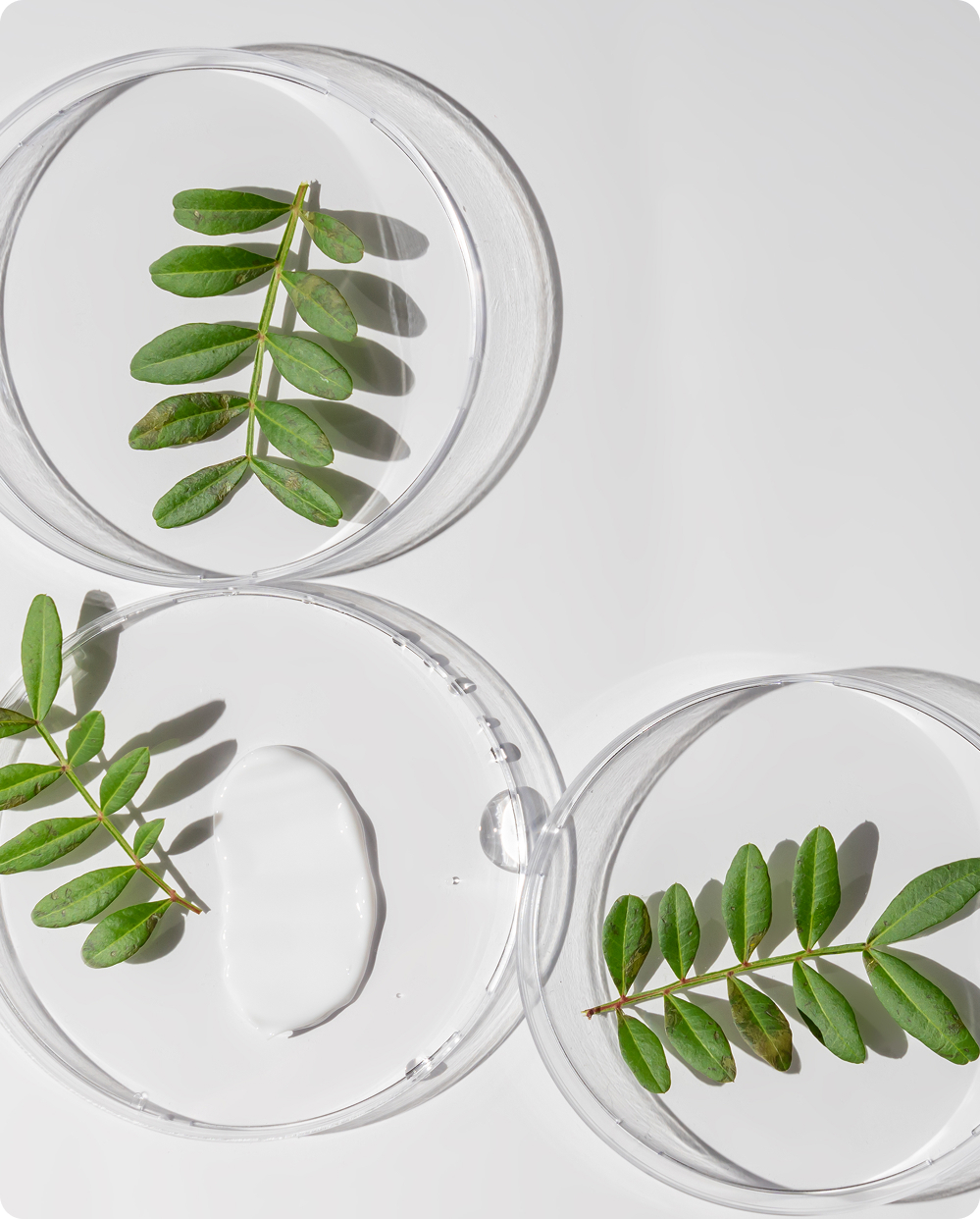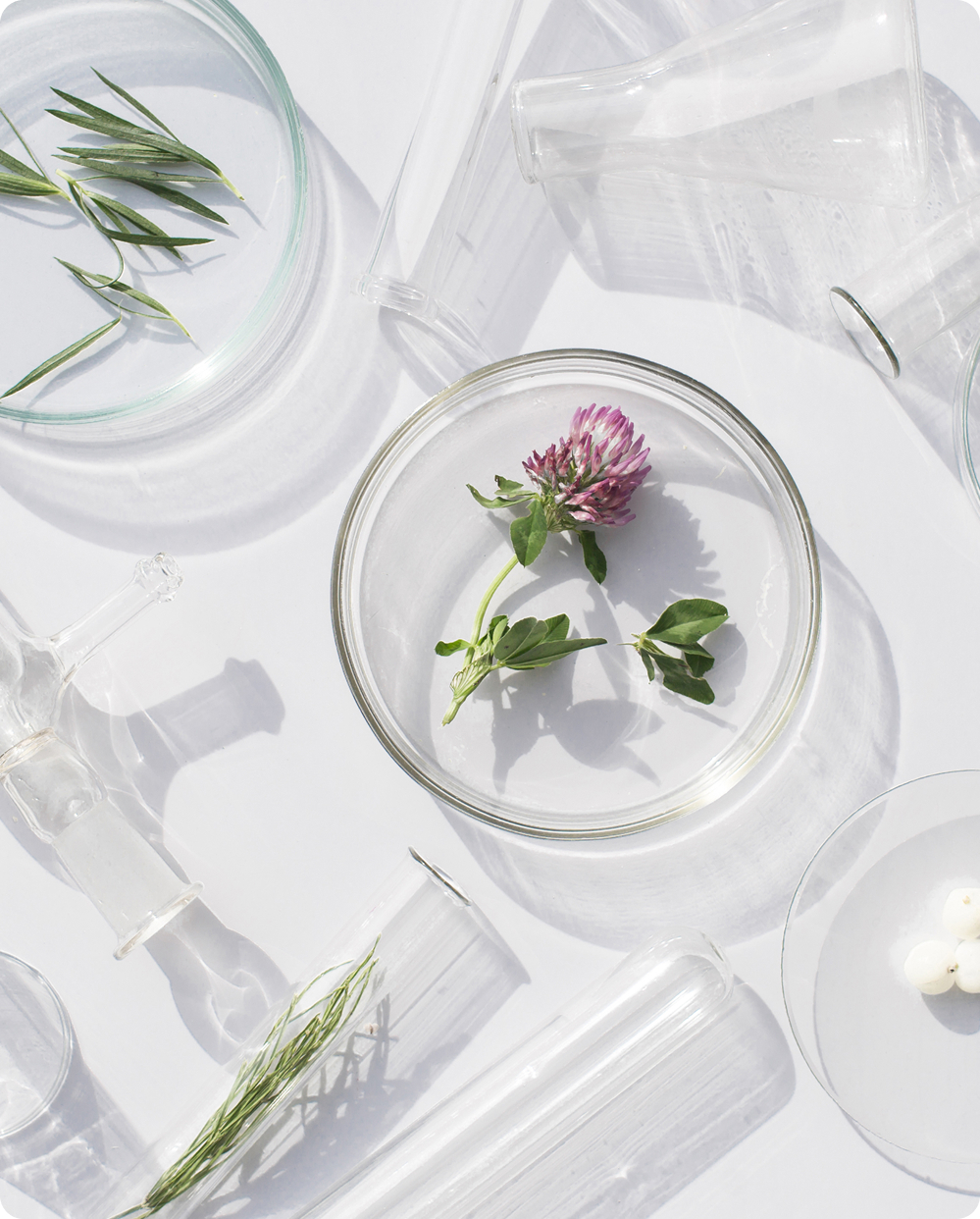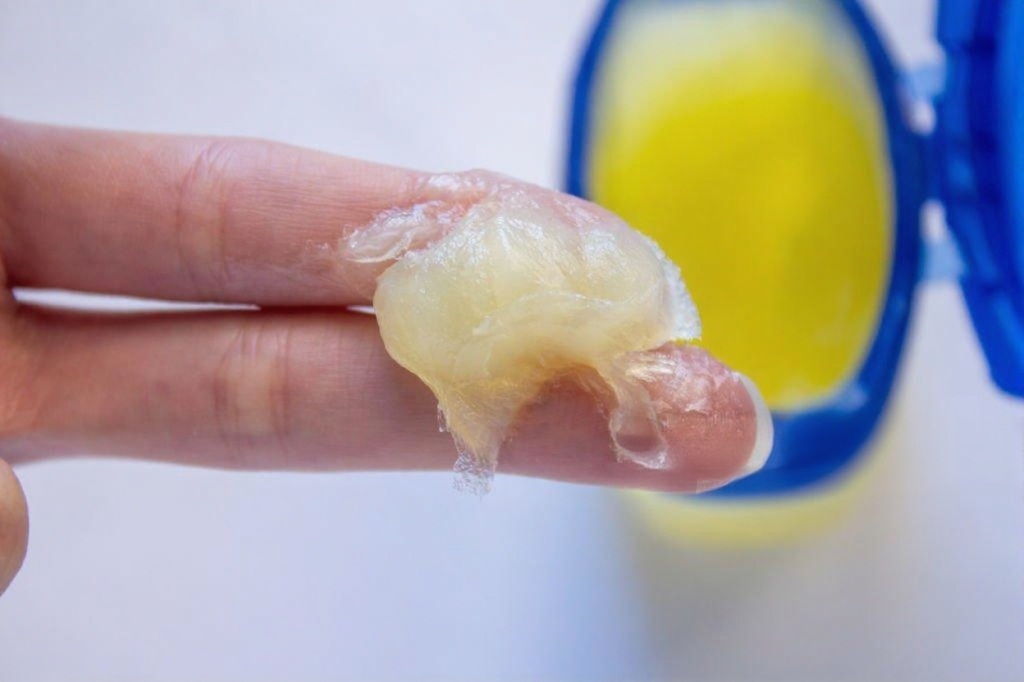If you've found yourself wondering whether bacterial vaginosis (BV) could be a sign of infidelity, or if sperm is somehow the culprit behind your BV, you're not alone. These concerns are completely understandable, especially given the sensitive nature of intimate health. But let's set the record straight right away: BV is NOT a sign of cheating. It's a common medical condition that affects millions of women, and its causes are far more complex than simple infidelity.
Bacterial vaginosis is a vaginal dysbiosis, meaning an imbalance in the natural bacteria that live in the vagina. Normally, the vagina is rich in beneficial Lactobacillus bacteria, which produce lactic acid to maintain a healthy, acidic pH. When these good bacteria are outnumbered by other types of bacteria, BV can occur [2, 3]. To learn more about the basics of BV, you can visit our comprehensive guide on Understanding BV.
In this article, we'll dive into the science behind how semen can temporarily affect vaginal pH, debunk myths about BV transmission, offer reassurance for your relationships, and discuss effective prevention strategies. Our goal is to provide you with clear, empathetic, and destigmatizing information, empowering you with knowledge about your body.
Can sperm cause BV?
The vaginal environment is a delicate ecosystem, and its acidity is crucial for maintaining health. A healthy vaginal pH typically ranges between 3.8 and 4.5. This acidic environment acts as a natural defense mechanism, inhibiting the growth of harmful bacteria and promoting the flourishing of protective Lactobacillus species.
Semen, however, is alkaline. Its pH typically ranges from 7.2 to 8.0. Think of it like adding baking soda (alkaline) to lemon juice (acidic). When semen is introduced into the vagina during unprotected sexual activity, it can temporarily raise the vaginal pH. This shift creates a less acidic, more hospitable environment for certain anaerobic bacteria that thrive in higher pH conditions, which are often associated with BV [1].
While this pH shift is usually temporary, and the vaginal environment typically restores its natural acidity within a few hours, repeated exposure to alkaline semen can disrupt the delicate balance over time. Studies have shown that recent semen exposure can indeed be associated with prevalent BV, as it can alter the vaginal microbiota and lead to a decrease in lactic acid-producing lactobacilli [1]. It's important to understand that this is a biological reaction, not a moral failing or an indication of infidelity. It's simply how the body responds to changes in its internal environment.
Is BV a STD?
One of the most common and distressing misconceptions about BV is that it's a sexually transmitted infection (STI) in the same way that chlamydia or gonorrhea are. This leads to painful questions about fidelity and trust. Let's be clear: BV is not a traditional STI. While it is more common in sexually active women, and certain sexual behaviors can increase the risk, it's not directly transmitted like other STDs [2, 3].
Research indicates that BV is associated with factors like having a new sex partner, multiple sex partners, and lack of condom use [2]. However, this doesn't mean it's transmitted directly from one person to another in the same way a virus or bacterium is. Instead, these factors are thought to influence the vaginal microbiome, making it more susceptible to the bacterial imbalance that defines BV. For instance, the introduction of new bacteria from a partner, or the alkaline nature of semen, can shift the vaginal environment, leading to an overgrowth of anaerobic bacteria [1, 3].
It's also crucial to understand that BV can occur in women in monogamous relationships, and even in women who have never been sexually active, though this is rare [2]. This further underscores that BV is a disruption of the vaginal ecosystem, not necessarily a direct result of sexual transmission.
The CDC explicitly states that the cause of the microbial alteration that precipitates BV is not fully understood, and whether it results from the acquisition of a single sexually transmitted pathogen is unknown [2]. Furthermore, treating male sex partners has not been shown to prevent BV recurrence in women, which would be expected if it were a straightforward STI [2].
So, does BV mean cheating?
The answer is no. Given the information above, it's clear that a BV diagnosis should not be a source of suspicion or blame in a relationship. The emotional toll of a BV diagnosis can be significant, especially when coupled with misconceptions about its causes. If you or your partner are experiencing these concerns, remember that BV is a medical condition, not a judgment on your relationship or sexual activity.
Open and honest communication is key. Instead of allowing fear or misunderstanding to create distance, use this as an opportunity to educate yourselves and support each other. Discussing vaginal health openly can strengthen intimacy and trust. Reassure your partner that BV is common and multifactorial, influenced by many factors beyond sexual activity, including hormonal changes, douching, and even menstruation [2, 3]. Focus on finding solutions together, rather than assigning blame.
How to prevent BV?
While various factors can trigger BV, there are proactive steps you can take to help maintain a healthy vaginal environment and reduce the risk of recurrence. These strategies focus on supporting the natural balance of your vaginal microbiome:
- Maintain good hygiene: Cleansing the vulva with warm water is enough. But if you don't feel clean with water alone, use a gentle, pH-balanced cleanser specifically designed for intimate areas. Avoid douching, as it can disrupt the natural vaginal flora and pH [3]. Your vagina is self cleaning and should not be washed internally.
- Choose breathable underwear: Opt for cotton underwear, which allows for better airflow and can help prevent moisture buildup.
- Practice safe sex: While BV isn't a traditional STI, using condoms can help prevent the introduction of alkaline semen into the vagina, which can temporarily alter pH and potentially contribute to BV [3].
- Consider post-intercourse care: For some women, urinating after sex and gently rinsing the vulva with water can be helpful.
- Support your microbiome: Probiotics, especially those containing Lactobacillus strains, can help replenish beneficial bacteria and maintain a healthy vaginal pH [4].
For women who notice BV symptoms tend to occur after sexual activity or are looking for comprehensive support, targeted solutions can make a significant difference. Ingredients like Lactic Acid are crucial for restoring and maintaining the optimal acidic vaginal pH, which helps to inhibit the growth of BV-associated bacteria. Probiotics (beneficial bacteria) can help replenish the vaginal microbiome and maintain a healthy pH. Hyaluronic Acid provides soothing and hydrating benefits, addressing common BV symptoms like irritation and discharge.
The Neycher BV Be Gone Bundle is designed to provide both immediate pH support and long-term microbiome maintenance, working with your body's natural processes.
*The following product information is provided for informational purposes only and represents the manufacturer's descriptions and intended uses. It is not intended to diagnose, treat, cure, or prevent any disease. Always consult with a qualified healthcare professional before starting any new supplement or treatment regimen, especially if you have underlying health conditions or are pregnant or breastfeeding. Individual results may vary.
This bundle combines two powerful products: BV Away and Vaginal Synbiotic.
BV Away is a vaginal suppository formulated with Lactic Acid, a key component in maintaining the vagina's natural acidic pH, which is vital for inhibiting the growth of BV-associated bacteria [5]. It also contains 10 mg of Hyaluronic Acid, known for its hydrating properties, as well as Aloe Vera Extract and Zinc Oxide for soothing benefits, addressing common BV symptoms like irritation and discharge. BV Away offers fast-acting relief from odor, itching, and discharge, and can be used after sexual activity or at the first sign of symptoms to help rebalance the vaginal environment.
Vaginal Synbiotic is a unique vaginal suppository that combines a powerful blend of probiotics (Bifidobacterium lactis, B. infantis, Lactobacillus bulgaricus) with prebiotic elements (Alfalfa, Pumpkin Seed Oil, Sea Buckthorn Oil extracts). Research shows that probiotics, particularly Lactobacillus strains, are highly effective in increasing BV cure rates and reducing recurrence by restoring a healthy vaginal microbiome [4]. The prebiotic elements in Vaginal Synbiotic are designed to nourish these beneficial bacteria, further promoting long-term vaginal microbiome balance.
Alfalfa Extract, rich in phytoestrogens, can contribute to overall comfort and address dryness. Sea Buckthorn Oil Extract has been shown to improve vaginal epithelial integrity and overall vaginal health, offering soothing and supportive benefits. This synergistic combination ensures that beneficial bacteria are introduced and nourished, promoting long-term vaginal microbiome balance.
Vaginal Synbiotic helps maintain a healthy vaginal pH, controls odor, and promotes overall freshness, making it an excellent choice for ongoing maintenance and preventing recurrence.
Together, the BV Be Gone Bundle provides a holistic approach to managing and preventing BV, supporting your vaginal health naturally. It's about empowering your body to restore its own balance, not just masking symptoms.
Conclusion
Understanding bacterial vaginosis means recognizing that it's a complex condition influenced by multiple factors, rather than being a simple indicator of infidelity. While semen can temporarily affect vaginal pH and contribute to an imbalance, this is a biological reality, not a moral one. By focusing on scientific facts, open communication, and proactive vaginal health strategies, you can navigate BV with confidence and maintain healthy relationships.
Remember, you're not alone in these concerns, and effective, empathetic solutions are available to support your intimate health journey.
References
[1] Mngomezulu, K., Mzobe, G. F., Mtshali, A., Osman, F., Liebenberg, L. J. P., Garrett, N., ... & Ngcapu, S. (2021). Recent Semen Exposure Impacts the Cytokine Response and Bacterial Vaginosis in Women. Frontiers in Immunology, 12, 695201. https://pmc.ncbi.nlm.nih.gov/articles/PMC8221111/
[2] Centers for Disease Control and Prevention. (2021). Bacterial Vaginosis - STI Treatment Guidelines. https://www.cdc.gov/std/treatment-guidelines/bv.htm
[3] American College of Obstetricians and Gynecologists. (2020). Vaginitis in Nonpregnant Patients. ACOG Practice Bulletin, (215). https://www.acog.org/clinical/clinical-guidance/practice-bulletin/articles/2020/01/vaginitis-in-nonpregnant-patients
[4] Khedkar, R., & Pajai, S. (2022). Bacterial Vaginosis: A Comprehensive Narrative on the Etiology, Clinical Features, and Management Approach. Cureus, 14(11), e31314. https://pmc.ncbi.nlm.nih.gov/articles/PMC9735379/
[5] Plummer, E. L. et al. (2021). Lactic acid-containing products for bacterial vaginosis and their impact on vaginal microbiota: a systematic review. PLOS ONE, 16(2), e0246953. https://journals.plos.org/plosone/article?id=10.1371/journal.pone.0246953








